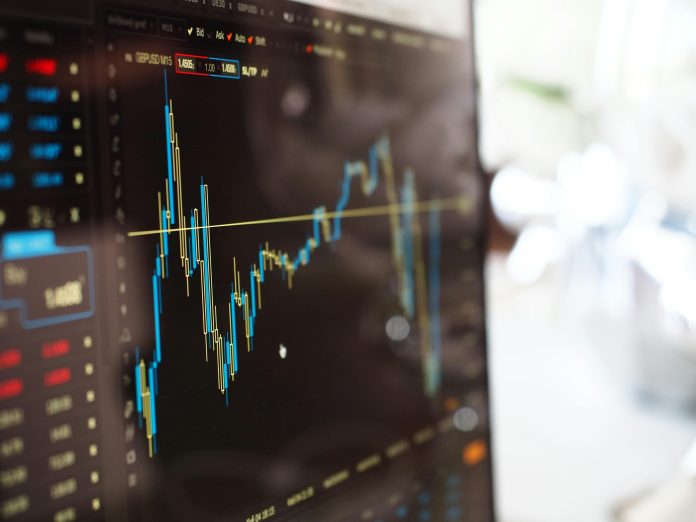Elevating your trading experience goes beyond buying and selling assets. Whether a pro or a novice, you must prioritize refining your strategies, leveraging the latest technology, and staying informed in a rapidly evolving market. Early this year, J.P. Morgan reported a 12% increase in trade financing solutions, highlighting growing confidence in international trade. Digital transformation is also accelerating, with 20% of global trade transactions now facilitated by digital platforms. These trends highlight the increasing competition in trading. Before it’s too late to make the most of your investments, you need to up your trading game with these five proven strategies:
1. Utilize Cutting-Edge Trading Tools
In 2024, the global market for trading software and platforms reached approximately $13.6 billion, reflecting a growing reliance on advanced trading tools. Automated trading systems, AI-driven analytics, and real-time data access can drastically improve trading efficiency. These platforms offer features like predictive analytics and customizable dashboards that help traders make swift, informed decisions.
Nurp, a notable player making noise in the trading software landscape, exemplifies this innovation with tools designed to simplify analyzing complex data and optimize trading strategies. By integrating such advanced tools into your trading routine, you can make more precise and timely decisions.
2. Develop a Strong Trading Plan
A well-defined trading plan is the backbone of any successful trading journey. A good plan includes setting clear goals, defining risk tolerance, and outlining strategies that align with your trading style.
Although traders usually have a trading plan, only 10% consistently make money from it because the plan doesn’t adapt to potential market movements. This means regularly reviewing and adjusting your plan in response to market changes can significantly improve your trading outcomes. Key elements of a solid trading plan include entry and exit strategies, risk management rules, and performance evaluation metrics. Adhering to a structured approach minimizes emotional trading decisions and increases your chances of sustained success.
3. Prioritize Continuous Learning
Given the dynamic nature of the financial market, constant learning is required to make the most of every opportunity. Fortunately, with the rise of online education, there’s been a 25% increase in traders participating in webinars, online courses, and trading communities in 2024.
Nurp is one of many software developers providing educational resources and insights to traders. While it has consistently proven to be a valuable tool, continuous learning should involve self-study by exploring new trading techniques, understanding market psychology, or keeping up with economic news that impacts market movements.
4. Manage Risks Effectively
To manage risk effectively when trading, start by setting a clear risk-reward ratio for each trade, such as 1:2 or 1:3, ensuring potential gains exceed potential losses. Diversify your portfolio to spread risk across different assets, reducing the impact of any single market move. Use stop-loss orders to automatically exit trades that move against you, limiting potential losses, and employ position sizing to ensure no single trade risks more than a small percentage of your capital, typically 1-2%. Stay disciplined with your trading plan, avoid emotional decision-making, and continuously review and adjust your strategies based on performance and market conditions.
5. Monitor and Adjust Your Strategies
Ensure that you regularly review your trade performance metrics, such as win/loss ratios, average gains and losses, and overall profitability. Use trading journals or software to track your trades, analyze patterns, and identify areas for improvement. Employ key performance indicators (KPIs) like the Sharpe ratio or drawdown statistics to assess risk-adjusted returns. Adjust your strategies based on these insights, fine-tuning your entry and exit points, stop-loss levels, and position sizes as needed. Regularly backtest any adjustments to ensure they align with your overall trading goals and risk tolerance.
6. Leverage Community and Networking
The pressure in trading is often overwhelming, but engaging with a community of like-minded traders can provide support, insights, and opportunities for collaboration. Recently, there was a notable increase in the number of traders participating in online forums, social media groups, and trading communities, emphasizing the value of shared knowledge.
These platforms foster a sense of community among traders, providing forums where users can discuss strategies, share experiences, and offer support. Networking with other traders can also lead to new perspectives, improved strategies, and even partnerships that can enhance your trading journey.
As the market continues to evolve, traders who leverage technology and adapt their strategies will be better positioned to navigate challenges and capitalize on opportunities. The journey to trading success is a continuous process that requires dedication, discipline, and openness to change.



 Bitcoin
Bitcoin  Ethereum
Ethereum  Tether
Tether  XRP
XRP  USDC
USDC  Lido Staked Ether
Lido Staked Ether  TRON
TRON  Cardano
Cardano  Avalanche
Avalanche  Toncoin
Toncoin  Wrapped SOL
Wrapped SOL